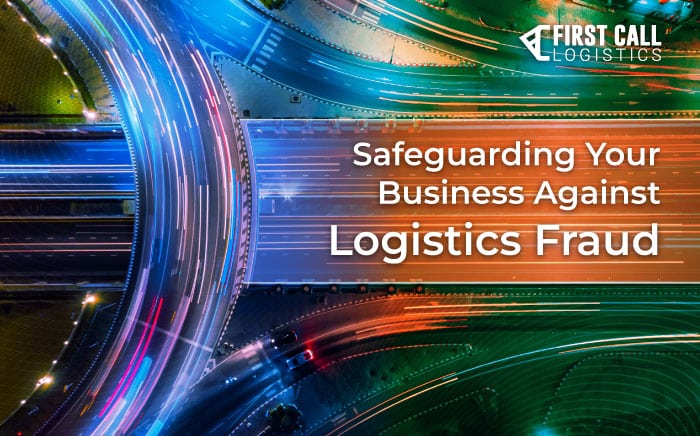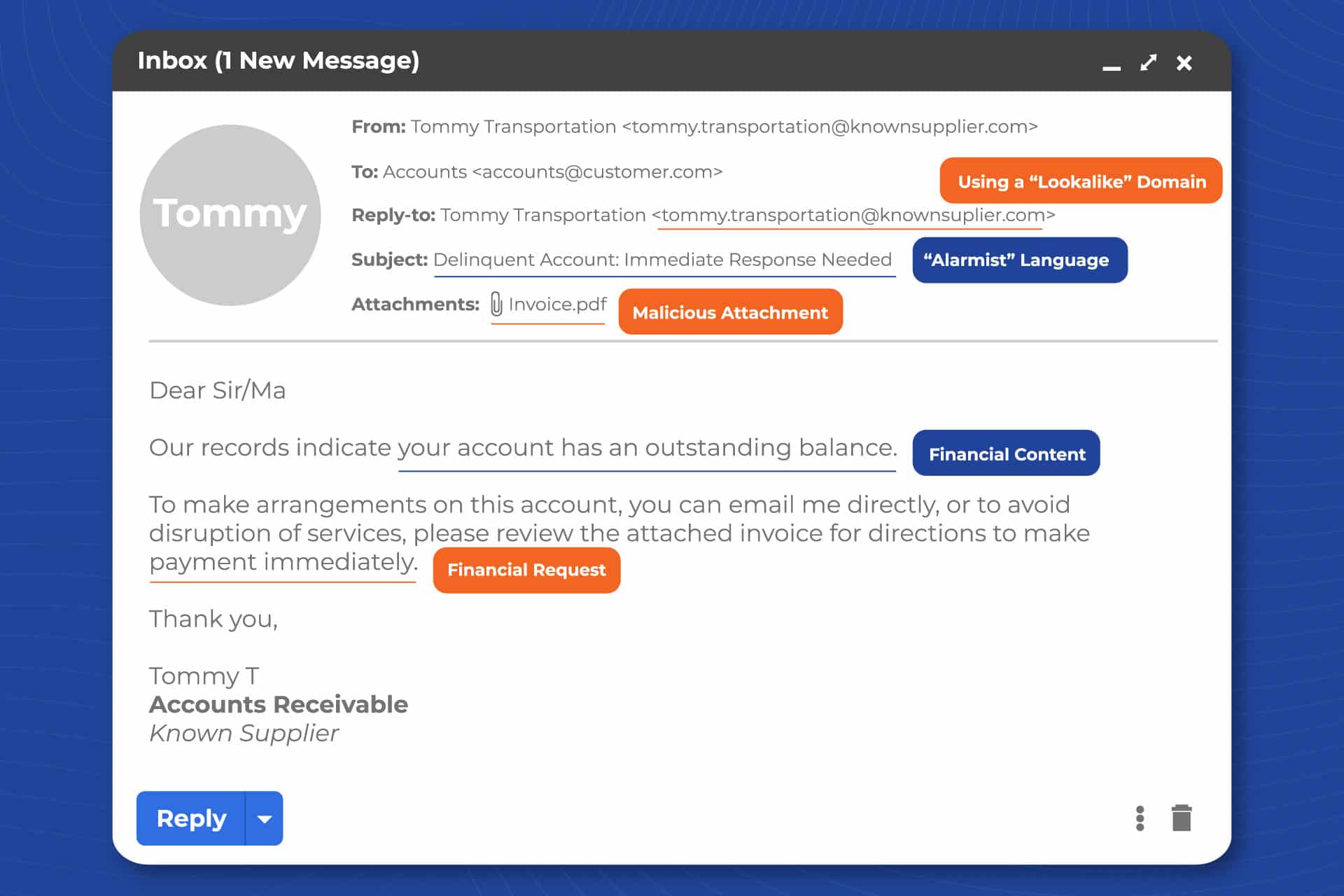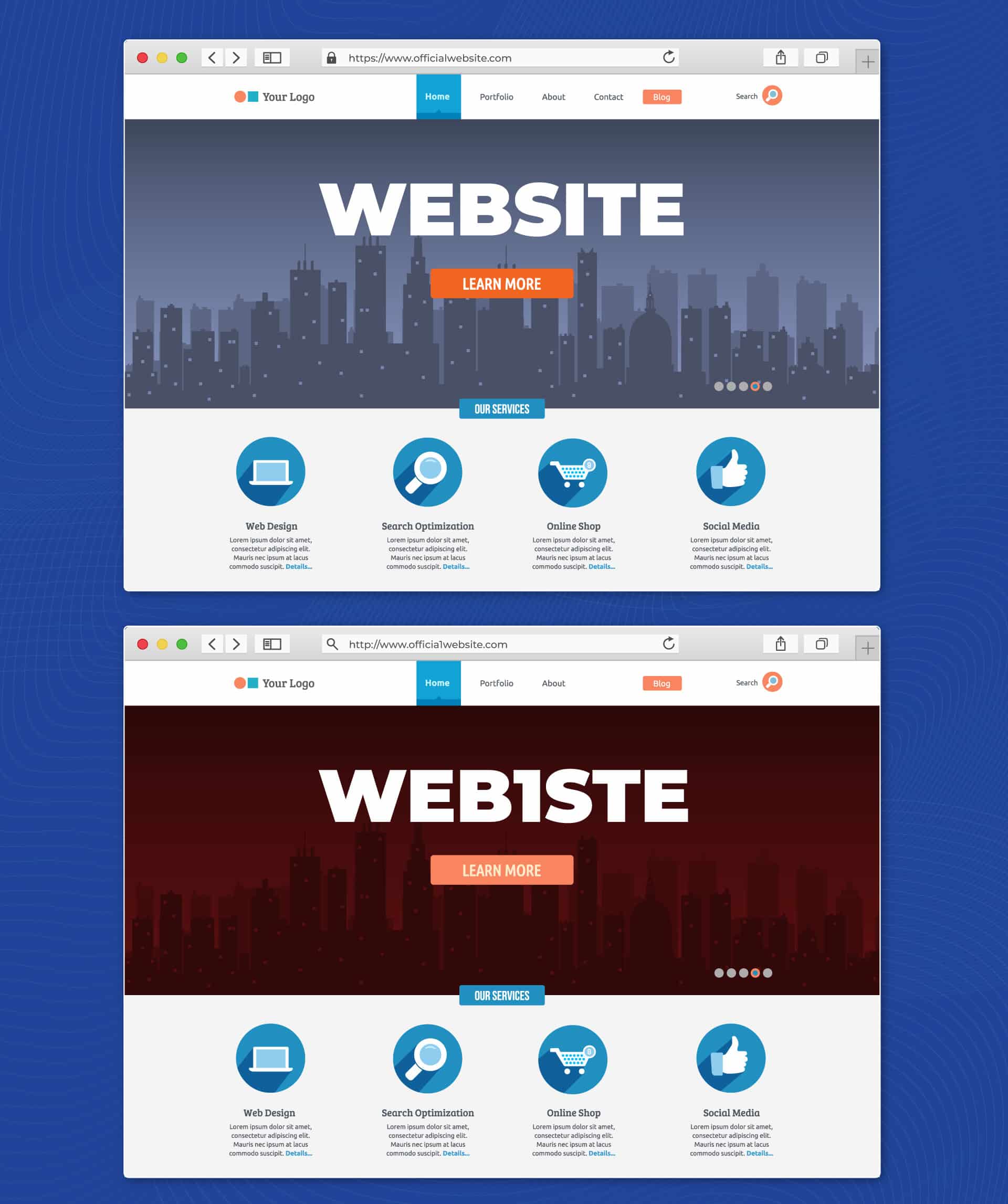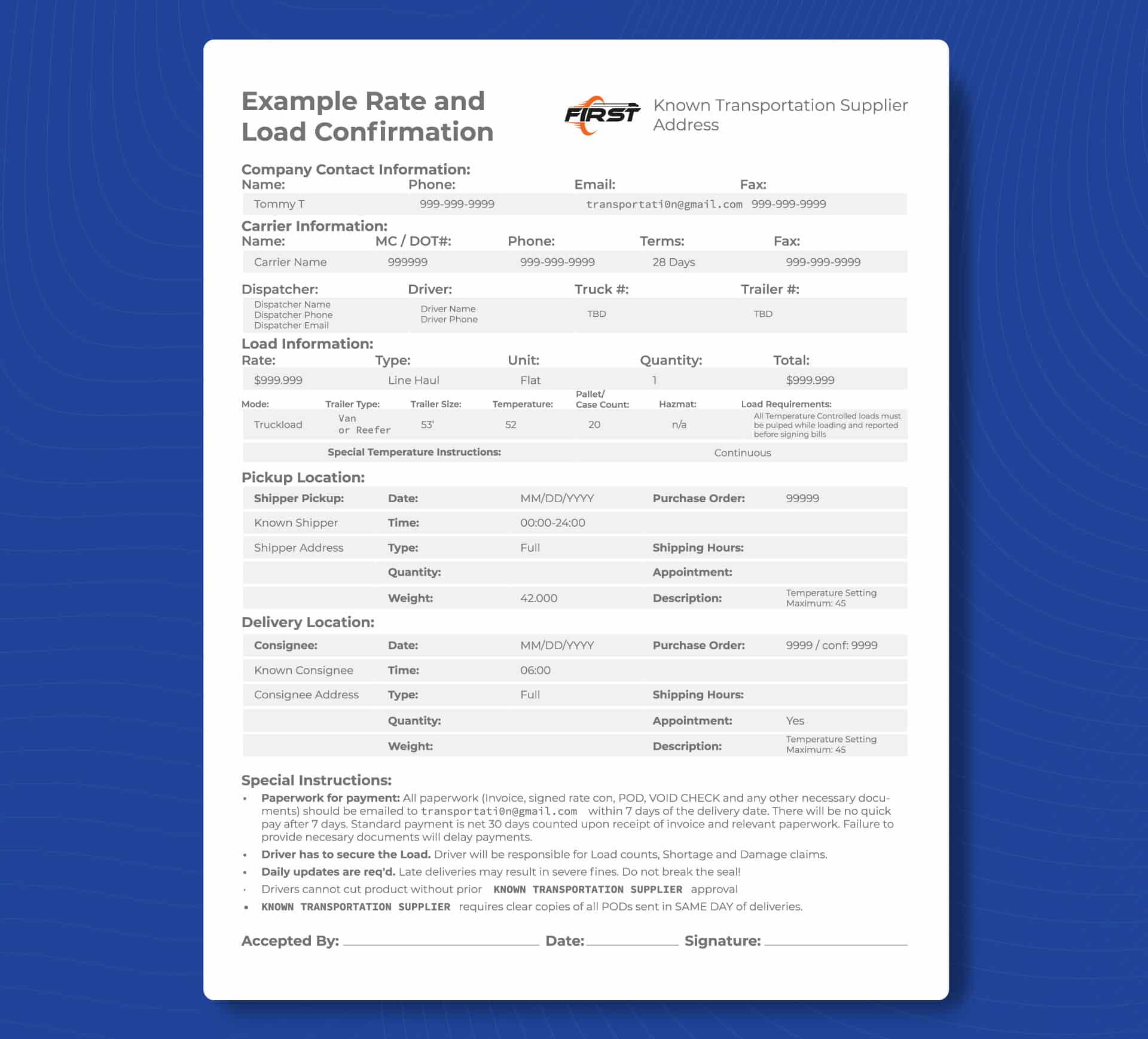Safeguarding Your Business Against Logistics Fraud

Understanding Supply Chain Fraud
Modern logistics scammers are innovative and convincing. In many ways they’re logistics experts themselves — they are intimately familiar with the industry, having thoroughly examined it for gaps in visibility and lapses in communication in order to capitalize on any naturally occurring weak links.
Companies that fall victim to supply chain fraud often suffer devastating financial losses and in some cases irreparable damage to their public reputation. It’s vital for every logistics professional to understand the warning signs of potential scams and how best to avoid them.
The Four Most Common Logistics Scams
A logistics scam is any fraudulent activity using fake or stolen information to intentionally deceive victims into delivering money or goods. These scams can come in many forms, from posing as a fake shipping company to sending false or inflated invoices with charges for items not initially included in the shipping agreement.
Here’s an overview of the most common scams challenging everyday supply chain management:
1. False Invoices or Payment Requests (BEC Scams)
Fake invoicing is easily the most common logistics scam, as it is low-effort but regularly successful. For this to work, scammers will gain access to legitimate billing information from one of your real partners (usually by hacking the operating system or stealing an employee’s login credentials with a phishing email). Using this information, they send requests to change banking details or even send an invoice posing as the company, referencing real shipment numbers and information.
Victims — especially newer companies who may not have the resources to fully review every invoice — unknowingly send money to the scammer’s bank account thinking they are paying their supplier or shipping partner. The scammer gets away with the money and access to sensitive company banking information.

The reply-to email address differs from the initial sender domain — impersonators often make these slight spelling variations hoping they go unnoticed.
Alarming subject lines are a tactic used to evoke an immediate, panicked response from the email recipient.
Be wary of links or attachments from unknown senders. These attachments often contain malware — malicious content that exploits security vulnerabilities to access and misuse sensitive information.
Generic greetings, typos and grammatical errors are among the most common characteristics of phishing email attempts.
Take extra precautions when discussing account details over email. Scammers are looking for unknowing victims to share sensitive information.
Be cautious of emails requesting unusual payments and financial information. Before clicking links or sharing sensitive data, verify the request’s legitimacy by calling a trusted contact at your established vendor.
2. Fake Carrier Services
This one takes a bit more effort to pull off, but it’s the second-most common type of scam you’ll encounter in logistics. In this scenario, scammers pose as a fake transportation company (or in some cases, duplicate information from a legitimate company). Some will go as far as creating fake websites and social media pages, a practice known as platform fraud that negatively impacted more than half of companies surveyed in 2022.
Once the fake online persona is created, they offer lower-than-average rates to reel in potential victims looking to cut costs. From here, scammers often request additional payments due to a variety of made-up issues with the shipment. Companies are forced to pay the ransom or risk abandoning their goods.

The https:// prefix in the URL and padlock icon in the search bar indicate a connection to a legitimate, SSL/TLS-secured webpage.
Legitimate websites generally feature crisp graphics, proper spelling and easy-to-find contact information.
- Imposter sites may seek to copy graphics and design, but give themselves away with an easily-overlooked typo in the domain URL.
- More sophisticated scam sites may appear to have security certificates, but in this example the website URL is not secure. An unsecured website scheme will start with http:// and the secure padlock icon will not be present.
A website that does not list contact information should be considered suspicious.
Scam websites may look similar to the sites they are trying to imitate. Be suspicious of sites with poor graphics, misspelled words and grammatical errors.
3. Non-Delivery of Goods
In this scenario, scammers will take one of two directions. First, they create a sense of urgency and convince victims to issue payment early before goods are ever shipped, pocket the money, and are never heard from again.
Alternatively, scammers will simply steal the shipment outright — this approach is generally reserved for high-value cargo.
4. Double-Brokering
Double-brokering occurs when a scammer claims they have vehicles available to move freight. Once a 3PL contracts with the scammer’s fake business, the scammer re-brokers with a legitimate carrier (or owner operator) at an extremely high rate. After the load is picked up and delivered, the scammers will request proof-of-delivery (POD) and submit it to the 3PL for “Quick Pay” payment terms. The scammer is then paid for the job, while the legitimate carrier who completed the job is left unpaid.
Double-brokering occurrences are growing more frequent throughout the logistics industry, reportedly impacting between $500-$700 million in freight every year and forcing logistics companies to rely more heavily on established contact networks.

Fully vet your contract by calling the company’s main phone number and confirming all load and contact details.
Fake contracts often suffer from irregular formatting issues like inconsistent line spacing, font sizes and margins. Watch out for unusual alignments or awkward use of headings, bullet points, numbering or indentation.
Confirm all details mentioned in the rate confirmation are accurate, including temperature requirements, safety measures and equipment needed for delivery.
Be wary of vague or missing details regarding shipment tracking, progress updates and communication (especially if no additional support contact is listed).
Scan fine print for hidden accessorial fees and procedures for detention eligibility.
Be suspicious if your rate confirmation only lists one contact throughout your transaction, or appears to be missing key contact info (both email and phone number should be present).
How to Spot a Scammer
The most important tool in logistics is intuition — if something sounds or feels “off,” be it a delay in communication, billing mix-up or conflicting information, it is always in a company’s best interest to confirm details with established contacts before proceeding.
Even as scammers grow more sophisticated in their methods of extracting sensitive business information over email, a simple 411 call to confirm the company’s listed phone number can quickly expose their attempted fraud.
When vetting potential partners, seek out trusted company referrals, reviews and ratings. Photos of real employees (not stock photos) on their website, brochures, videos and other marketing collateral can also help lend credit toward their authenticity.
Always be wary of unsolicited emails and phone calls from parties you are unfamiliar with, and verify the identity of the sender or caller before responding.
Don’t forget to protect yourself during business transactions. Always use a contract or agreement to give you legal documentation of the services agreed upon, and only use trusted payment methods — this protects both you and your shipping partner from financial fraudsters.
Fraud Prevention Pro Tips: 10 Ways to Secure Your Supply Chain
- Confirm your company’s name is on the bill of lading. According to federal law, the name of the carrier hauling a load must be listed on the bill of lading. Be sure you don’t haul any load without confirming your name is on the bill first. If you see someone else’s name on the BOL, call the company — even if you’re not experiencing fraud, it could be a simple misunderstanding and a call could save everyone valuable time.
- Shippers and Carriers: Avoid offers that are well above or below market. If it seems too good to be true, it probably is.
- Conduct an FMCSA search for broker info. Before you make any deal with a broker outside your regular network of trusted contacts, check their credentials on the Federal Motor Carrier Safety Administration’s website.
- Take advantage of non-recourse factoring. Non-recourse factoring protects you if the broker billed fails to pay the submitted invoice; it means you are guaranteed to get paid.
- Avoid businesses with a history of scattered address changes.
- Avoid businesses that don’t offer tracking. If the business isn’t using tracking apps or transportation management systems, it’s probably because they want to keep their actions in the dark.
- Only use quick pay with brokers you trust.
- Match names, numbers and emails with online sources. Through either the FMCSA, the carrier’s website, references, anything you can get your hands on. Verify any emails coming from common domain services (like Gmail, Outlook, Yahoo and so on). They are easy to create and nearly impossible to trace. You can feel more confident responding to emails from an email address containing a company’s domain name.
- Be wary of businesses that don’t request tracking. Automated tracking is the expectation, not the exception today. If a Broker isn’t asking you to be on some sort of tracking, there is a chance they don’t want that information shared.
- Read the broker/carrier agreement. Also, take notice of the payment options and schedule; if neither of these are provided, consider it a red flag. Standard pay terms are 21 days, and if there is a quick pay option make sure to note the percentage charged.
Fraud Fallout: How Scams Damage Your Business
The consequences of falling victim to logistics scams can be severe. If goods are stolen or payments are made to a fraudulent party, the affected business is likely to suffer a significant financial hit that may even jeopardize its future. Additionally, they may face legal action if they are found negligent in their handling of the logistics process, resulting in additional financial penalties, legal fees and irreversible damage to the company’s reputation.
A company’s involvement in fraudulent activity can erode the trust customers and partners previously placed in the business, which in turn impacts revenue and makes it difficult to attract new customers or investors. In some cases, the damage to the company’s reputation can be so severe that it can be difficult to recover from.
What to Do If You’ve Been Scammed
The first step is always to notify the relevant authorities, such as the police or the Federal Trade Commission, depending on the nature of the scam. This is generally a company’s best bet to track down the perpetrators and potentially recover any stolen goods or funds.
A thorough investigation into the incident should follow, including how the scam was carried out and who was involved. Logisticians should regularly evaluate their day-to-day processes to identify and strengthen weak points. It’s also important to notify any affected customers and communicate any steps being taken to remedy the effects of fraud.
Preventing future scams may involve beefing up cybersecurity software and implementing stricter safety measures, such as using encrypted communications, verifying the identity of vendors and training employees on fraud prevention techniques.
If you suspect your business has fallen victim to a scam, here are the steps we recommend you take immediately:
- Gather evidence. Collect all relevant documents, emails and records related to the suspected scam.
- Contact the authorities.Report the incident to your local law enforcement agency, providing them with all the evidence you have gathered.
- Notify your insurance provider. They can guide you on the necessary steps to take and potentially assist with any financial losses.
- Inform your clients or partners. Provide any relevant information and steps you’re taking to resolve the issue.
- Cease further transactions. Pause any ongoing transactions or agreements that might be impacted by the scam — this will help prevent further losses and give you time to assess the situation more thoroughly.
- Conduct an internal investigation. Examine your business processes, records and any potential vulnerabilities that may have allowed the scam to occur.
- Seek legal advice. Consult with a lawyer who specializes in fraud or business law.
- Prioritize data security. Take this opportunity to enhance your business’s security measures. Implement stronger authentication protocols, conduct regular audits and provide training to employees.
- Monitor financial accounts. Report any unauthorized transactions immediately to your bank or financial institution.
- Learn from the experience. Analyze what went wrong and take measures to prevent similar scams in the future.
Avoid Scammers by Partnering with First Call Logistics
By entrusting your logistical operations to First Call and our team of experienced supply chain professionals, your company benefits from a comprehensive range of services and real-time freight visibility technology designed to eliminate fraud. Contact a First Call expert today, and be sure to check out our other supply chain management resources.
Simplify your Next Shipment with First Call Logistics
More Logistics Resources:
Get the latest supply chain news and updates directly to your inbox.